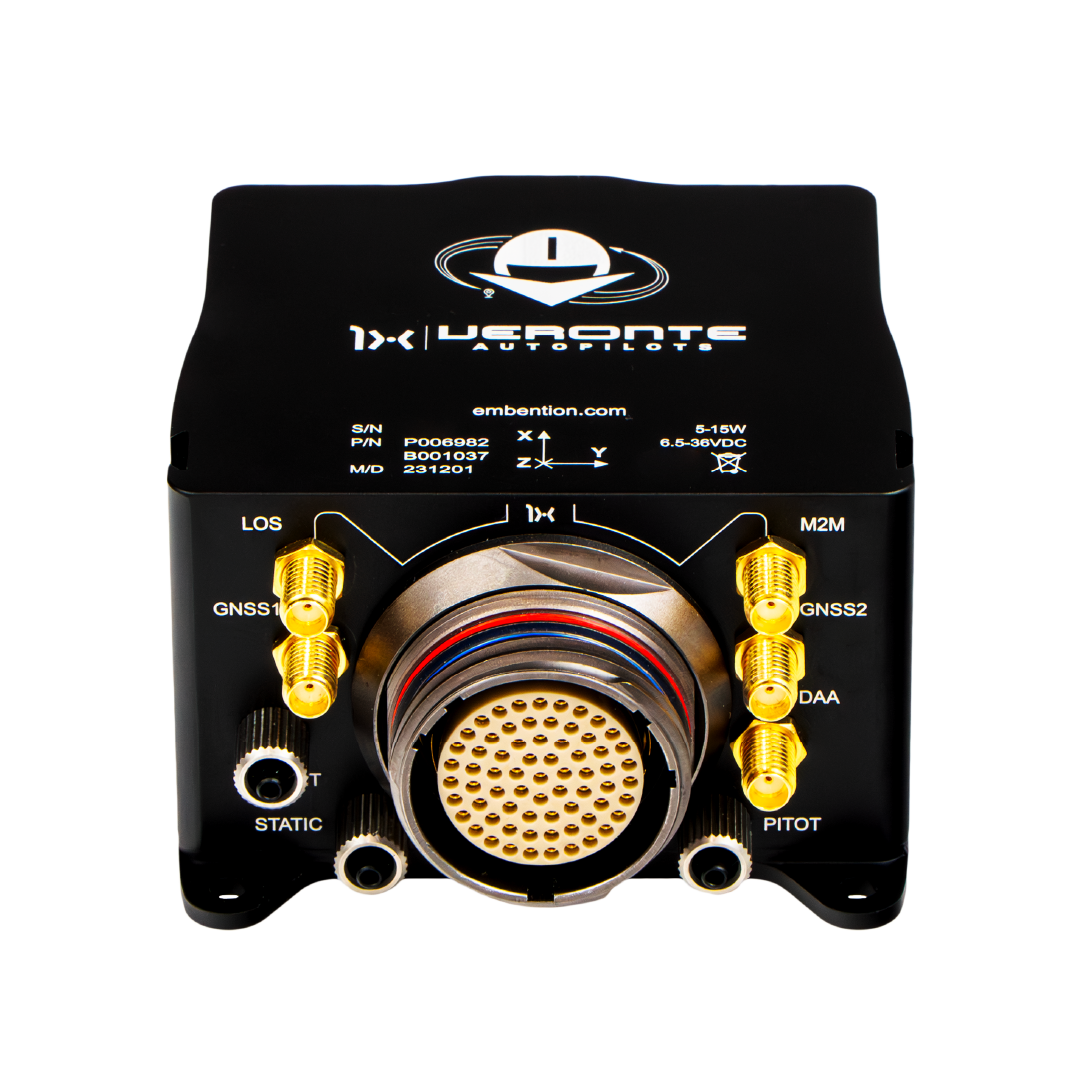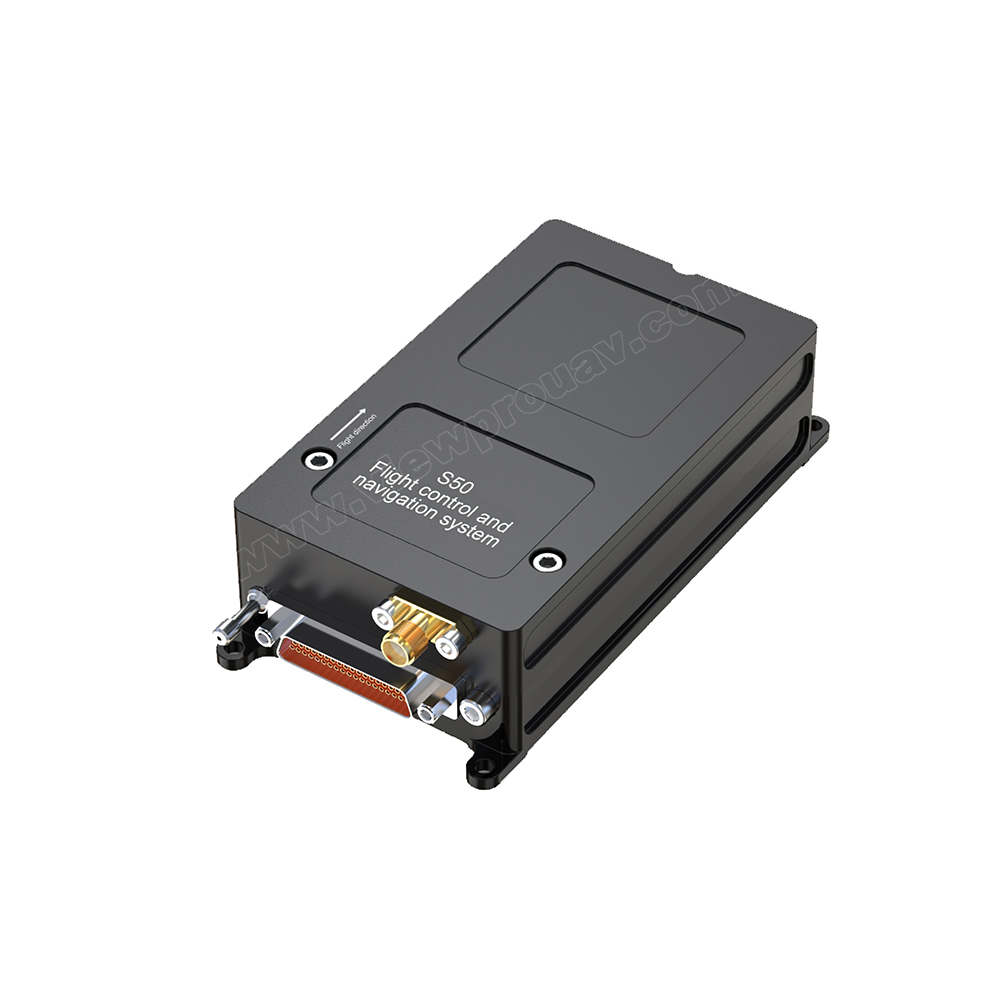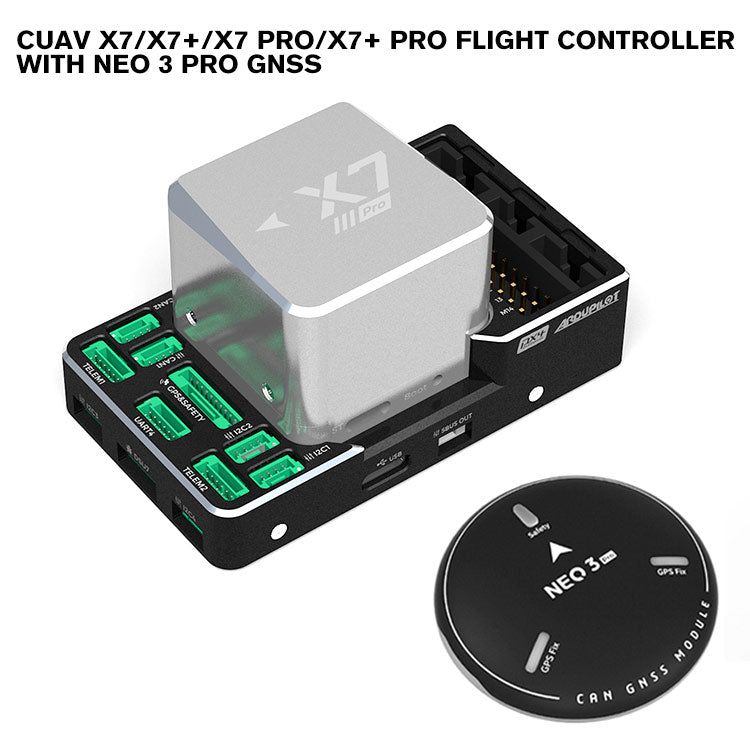Boost Drone Efficiency with SparkNavi Drone Flight Controller and GNSS/INS Made in Taiwan
Boost Drone Efficiency with SparkNavi Drone Flight Controller and GNSS/INS Made in Taiwan
Blog Article
Checking Out the Duty of Drone Trip Controllers in Enhancing Flight Stability and Navigating Efficiency
The improvement of drone modern technology has substantially boosted the importance of flight controllers, which work as the brain of these aerial lorries. By incorporating real-time information from an array of sensors, flight controllers boost trip security and navigating effectiveness, ensuring that drones can operate smoothly even in complex environments. This conversation will check out the key elements that add to these improvements, as well as the effects for the future of self-governing trip. What innovations lie in advance that could additionally transform the capabilities of drone flight controllers?

Comprehending Flight Controllers
Flight controllers are essential components in the performance of drones, working as the brains that support and handle flight procedures. These advanced gadgets procedure information from various sensing units, consisting of accelerometers, gyroscopes, and GPS, to make sure that the drone preserves its intended flight course. The trip controller analyzes this information and performs commands based on pre-defined formulas, making it possible for the drone to react to ecological adjustments, such as wind or barriers.
The key feature of a flight controller is to maintain security during trip. It attains this by making real-time modifications to the drone's electric motors and control surface areas, making certain balance and control. Additionally, modern-day flight controllers include sophisticated functions such as waypoint navigating, enabling automated flight courses and boosted functional efficiency.
Comprehending the style of trip controllers is vital for both enthusiasts and specialists. As innovation developments, flight controllers have actually come to be extra portable and qualified, incorporating synthetic intelligence to adjust and boost decision-making procedures to complex flight situations.
Key Parts of Flight Security
Achieving optimal trip stability in drones counts on numerous essential parts that work in show to make sure smooth and controlled operations. Central to this stability is the flight controller itself, which refines data from different sensing units to preserve the preferred flight perspective. This includes accelerometers and gyroscopes that measure activity and orientation, enabling real-time adjustments to the drone's position.
An additional critical part is the digital speed controllers (ESCs), which manage the power provided to the motors. By finely adjusting motor rates in reaction to trip controller commands, ESCs assist maintain equilibrium and neutralize disturbances brought on by wind or unexpected movements.
In addition, the layout of the drone's framework plays a critical function in trip stability. A well-structured framework decreases vibrations and boosts the general wind resistant profile, adding to smoother flight characteristics. Ultimately, the integration of advanced formulas within the flight controller aids in predictive adjustments, making certain a adaptable and receptive trip experience.
Together, these parts develop a cohesive system that boosts a drone's security, allowing for precise maneuvering and boosted efficiency in different trip conditions.
Navigation Performance Methods
Performance in navigation is vital for optimizing drone operations, specifically in complicated settings. Efficient navigating methods enhance the ability of drones to go across tough terrains and stay clear of challenges, therefore improving functional performance and security.
One popular technique is the implementation of innovative GPS and inertial dimension units (IMUs) that give exact place tracking and alignment information. These modern technologies enable drones to determine optimal flight paths in real-time, taking into consideration various variables such as wind problems and potential challenges.
An additional method involves the use of algorithms for course planning and optimization. Algorithms such as A * and Dijkstra's algorithm can be deployed to figure out the most efficient path while decreasing energy usage and flight time. Moreover, incorporating artificial intelligence versions can enable drones to adaptively pick up from their atmospheres, boosting navigation capacities with experience.

Effect on Autonomous Drones
The integration of advanced navigation techniques has profoundly changed the abilities of autonomous drones, allowing them to run with higher freedom and precision. SparkNavi drone flight controller and GNSS/INS made in taiwan. These enhancements are mostly associated to advanced flight controllers that use real-time data handling and sensor combination, permitting drones to browse intricate atmospheres effortlessly
The influence on independent drones prolongs beyond mere navigating; it includes improved obstacle evasion, enhanced security during vibrant conditions, and boosted objective dependability. By leveraging formulas that go to these guys integrate artificial intelligence and expert system, drones can adjust to transforming scenarios, making informed choices that enhance their trip paths while decreasing risks.
Moreover, the application of durable flight controllers has helped with the execution of complicated jobs, such as aerial examinations, shipment services, and farming monitoring, with marginal human treatment. This capability not just improves operations but also lowers human mistake, consequently enhancing overall safety and security.
Because of this, the operational scope of self-governing drones has actually broadened considerably, making them indispensable devices in numerous industries. Their ability to execute effectively in diverse circumstances highlights the important function that progressed trip controllers play fit the future of unmanned aerial systems.
Future Trends in Trip Control
Regularly, advancements in flight control technology are positioned to redefine the landscape of drone operations in the coming years. Emerging fads indicate a considerable shift in the direction of enhanced artificial intelligence (AI) integration, enabling flight controllers to process real-time information extra effectively. This evolution will certainly promote improved decision-making abilities, permitting drones to adapt to dynamic environmental problems autonomously.
Moreover, the execution of artificial intelligence formulas is anticipated to improve predictive upkeep, thereby lessening downtime and extending the lifecycle of drone components. This aggressive technique to upkeep will certainly be essential as drone applications increase across different markets, from agriculture to logistics.

.jpg)
Finally, innovations in protected communication protocols will certainly deal with security and regulative worries, making sure that drones can run perfectly in overloaded airspaces (SparkNavi drone flight controller and GNSS/INS made in taiwan). Jointly, these fads direct towards a future where flight control systems are not only smarter and much more effective however also capable of operating securely in a progressively incorporated airspace
Conclusion
Finally, drone trip controllers are important to improving trip stability and navigating efficiency through the innovative processing of sensor data. By preserving ideal flight mindsets and utilizing innovative algorithms for course optimization and challenge evasion, these controllers substantially add to the freedom and operational security of drones. As modern technology remains to advance, better improvements in trip control systems are expected, guaranteeing enhanced performance and broadened abilities in the world of unmanned airborne vehicles.
By integrating real-time information from a variety of sensors, flight controllers improve flight stability and navigation effectiveness, making sure that drones can operate smoothly also in complex atmospheres.Flight controllers are essential components in the functioning of drones, offering as the minds that manage and stabilize trip procedures. Additionally, contemporary flight controllers incorporate innovative functions such as waypoint navigation, enabling for automated flight courses and boosted operational performance.
Central to this stability is the flight controller itself, which processes data from various sensing units to maintain the desired flight check my reference attitude.In final thought, drone flight controllers are indispensable to boosting trip security and navigating effectiveness with the advanced handling of sensing unit information.
Report this page